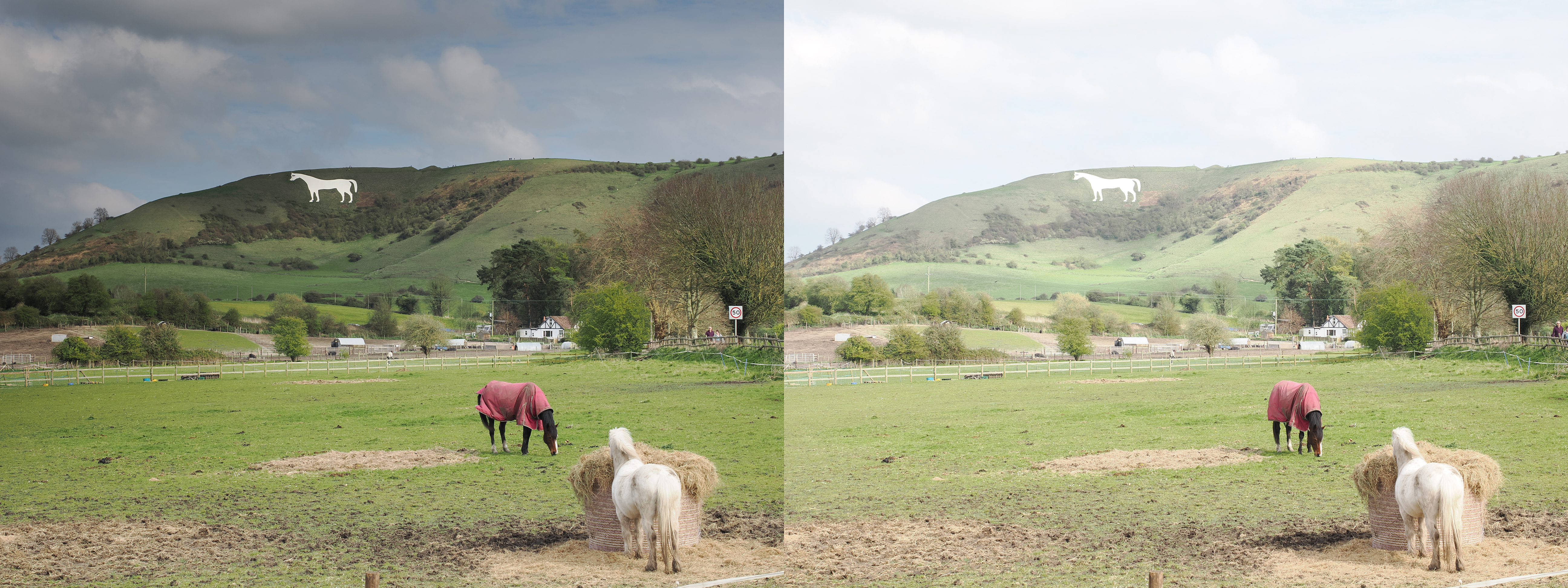
There have been some ludicrously cool camera features over the years, but I don't think I've ever seen one quite as cool as this: the Live GND filter.
Though when I think about those other features – things like 5-axis in-body image stabilization, high-resolution pixel-shift shooting, Live Composite bulb mode, in-camera focus bracketing, pre-capture when half-pressing the shutter, software-driven neutral density filters – they share something in common with this new one: they were all invented by Olympus / OM System.
The latest innovation has been introduced on the OM System OM-1 Mark II (review coming soon), a camera I'm currently testing and one that has received flak for being too similar to the original OM-1. However, while they may be few, the differences are major – such Live GND. Here's a quick look at it in action:
Live GND stands for Live graduated neutral density. In short, it's a software-driven feature that enables you to achieve the effect of an ND grad filter without actually needing a physical filter on your lens. And as you can see, it's only a few steps shy of being black magic.
The filter can be applied in three strengths, offering up to three EV stops, enabling you to create some very dynamic effects on your landscapes – or even on street scenes or anywhere else you might fancy experimenting. And again, you don't need an actual ND grad filter; this is an effect that's created entirely in-camera thanks to the unique computational capabilities of the OM-1 Mark II.
You can see the difference it makes in the side-by-side comparison images below, taken while filming the above video:

It's an extension of the Live ND feature introduced in the Olympus OM-D E-M1X flagship camera from 2019. As you might imagine, this is a software-powered neutral density filter simulation that enables you to create slow shutter speed effects like silky waterfalls and flowing water without needing an actual ND filter on your lens.
Indeed, the OM-1 Mark II now offers a 7-stop Live ND filter (an increase from the 5-stop affair with which the technology debuted) – another upgrade from the original camera that is being overlooked.
Still, as clever as Live ND is, in my mind it's blown away by Live GND – which I think is a much more useful feature. Admittedly I don't shoot a lot of outdoor shots with water as a key feature, but there have been plenty of times when I've been met with a contrasty landscape and wished I had ann ND grad. Now, I can just click a menu item and do it in-camera.
Score another one for OM System, and the coolest camera feature you're going to see any time soon.
The best Olympus / OM System cameras are among the best Micro Four Thirds cameras on the market – and likewise, the best Olympus / OM System lenses comprise some of the best Micro Four Thirds lenses ever made.







